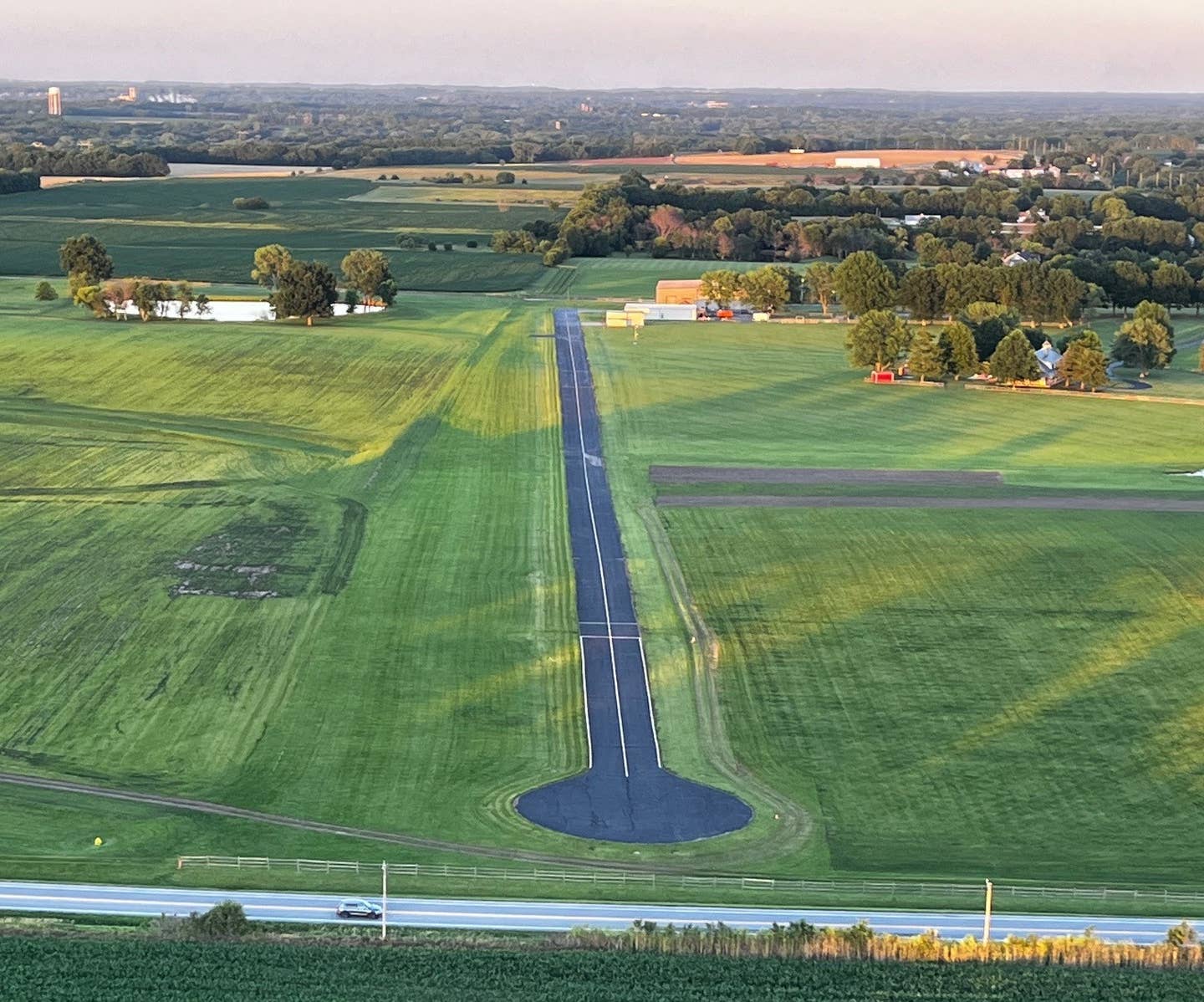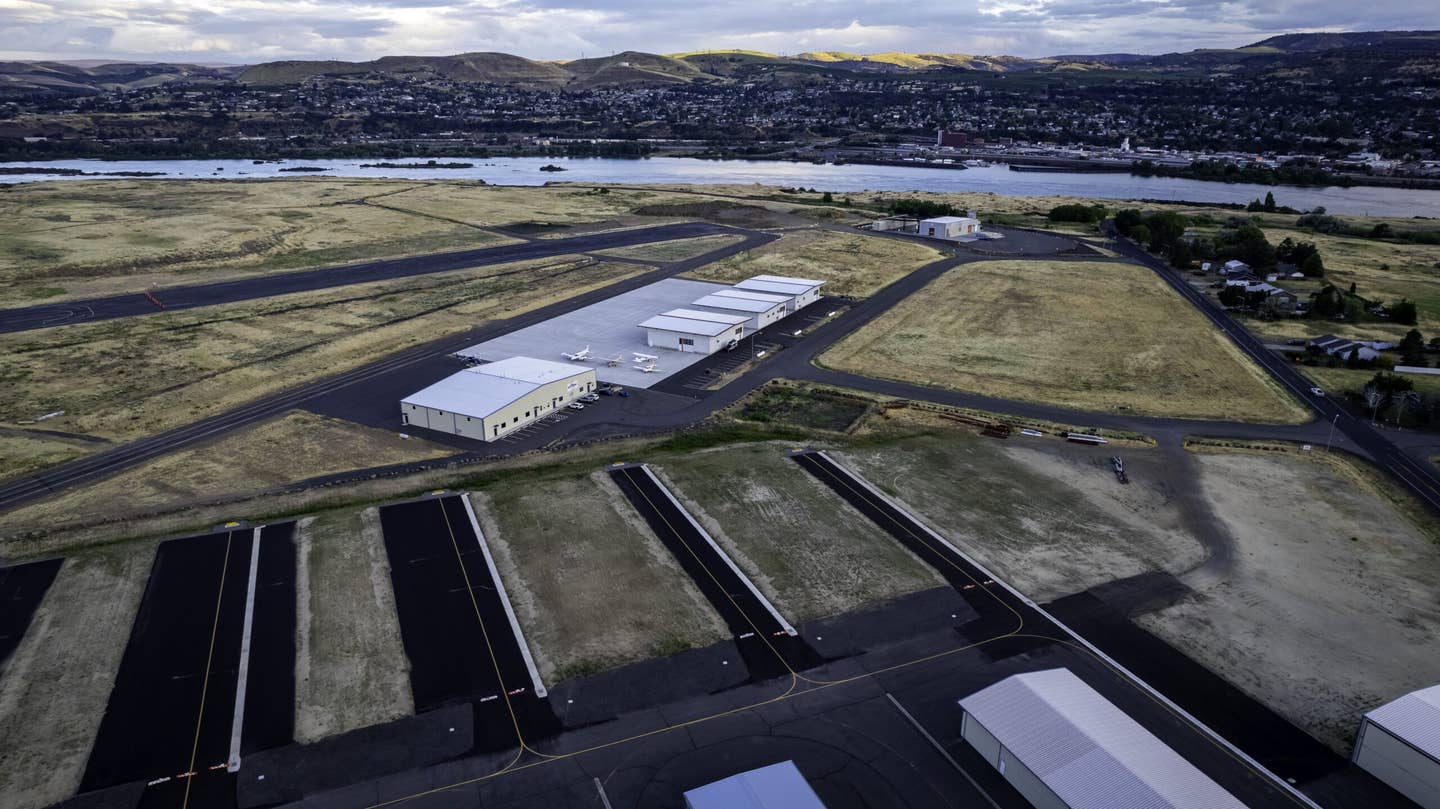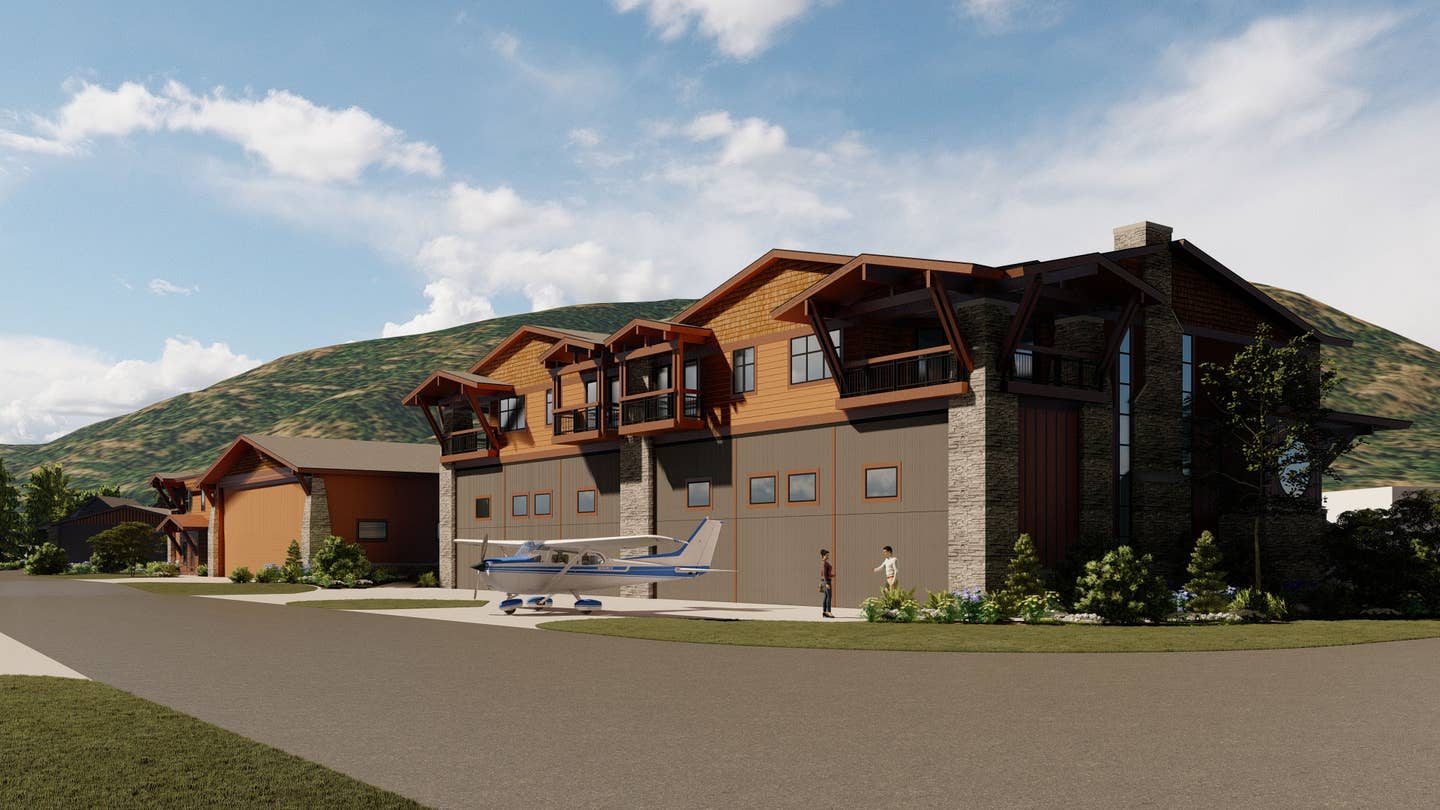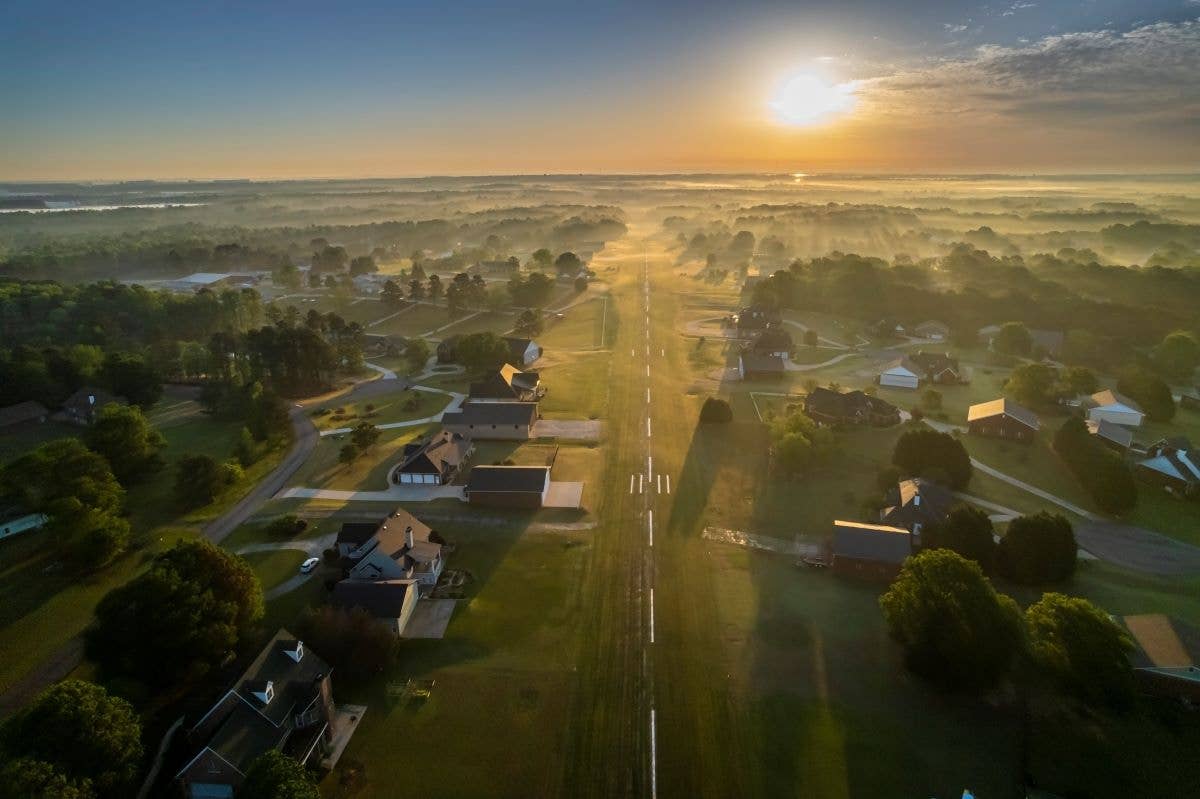Advocacy Group Aims to Bolster Aviation Infrastructure Funding
NASAO is advocating for increased funding to make repairs to existing aviation infrastructure and prepare for airports of the future.
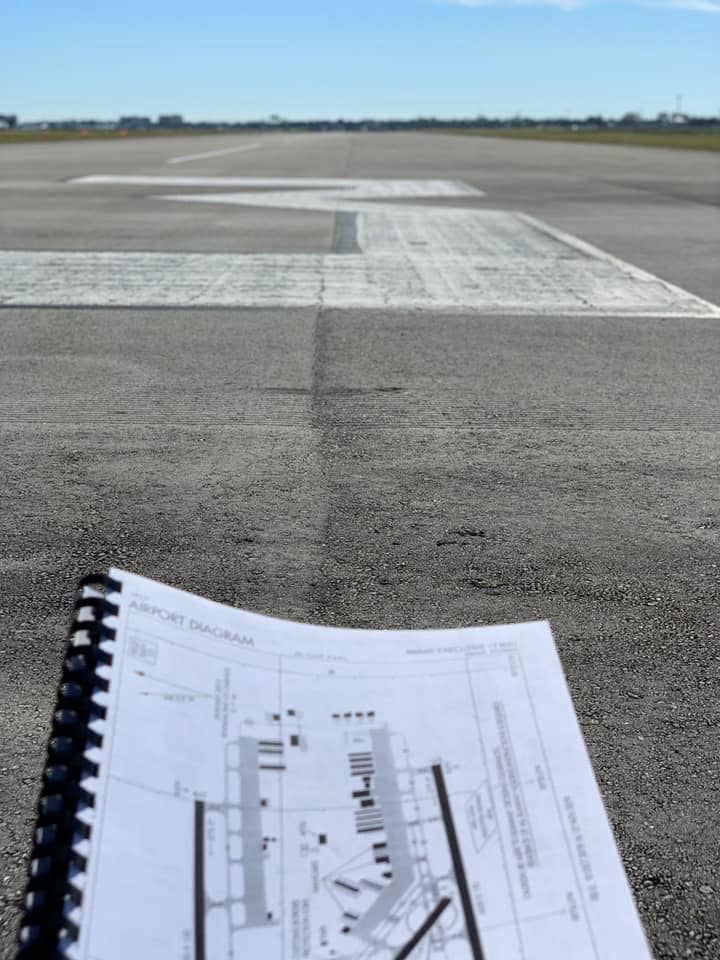
NASAO is heavily involved with airport advocacy and related efforts. [Courtesy: NASAO]
For more than 90 years, aviation safety has been a priority of the National Association of State Aviation Officials, according to its top official.
“The organization began when the states came together to discuss this new thing, aviation, which was so mobile that individual states couldn’t just be managed by themselves," said Gregory Pecoraro, NASAO’s president and CEO. "There needed to be some agreement on what the regulatory framework would be for aviation across the country.”
“The states quickly realized that they couldn’t do this all themselves, so they asked the federal government to become engaged. NASAO has since stayed involved to ensure the same things that we have always been involved in. We continue to be partners with the federal government in managing the aviation system and continue to express the concerns of the states to Congress and the FAA," he said.
Put simply, NASAO represents the public interest in all things related to aviation and airports. The organization represents all 50 states, as well as the U.S. territories of Guam and Puerto Rico.
Factors affecting airports, such as the role of states in airport infrastructure, are a key priority among NASAO’s membership, Pecoraro said.
“In pretty much every state, the state aviation agency has some responsibility for the state’s aviation plan, which of course gets shared with the FAA. It’s a crucial part of decision-making related to AIP (Airport Improvement Program) grants. Some states have more engagement than others in this process and there are 10 states that are known as 'block grant’ states," he said.
Those states receive funding directly from the FAA, then make decisions on how it will be spent at non-primary airports, he added.
“Other states are what are called ‘channeling states,’ where the money is channeled through the states to the non-primary airports," Pecoraro said. "Again, [for these states] the FAA sends the money directly to the airports, but the state agency is involved with system planning and consulting with the airport district office, the regional offices, and of course [FAA] headquarters on making decisions on how those funds will flow into the states.”
States hold additional roles when it comes to aviation, he added.
“Pretty much all states are involved in airport inspections to make sure that airports are meeting standards set by the FAA," Pecoraro said. "And they also work with airports on how to seek funding that they need to access monies for infrastructure, to improve safety, to do expansion, to repair issues—across the whole range of reasons why airports need to spend money.”
In addition to these aspects of aviation, as well as others, the advocacy group is presently intently focused on priorities related to the reauthorization year.
“We are actively working with Congressional policymakers throughout the year and especially right now, as we are preparing for the Reauthorization Bill. We are also actively engaged with various offices at the FAA; the office of airports, UAS, safety, and others, to make sure that they are aware of our members’ concerns and that we are trying to partner with them wherever possible. We also engage with other federal agencies, such as the NTSB, Homeland Security and TSA, and others that intersect with aviation issues,” Pecoraro said.
“There is a huge unmet need for funding to fix the nation’s aviation infrastructure. The monies that Congress and the (Biden) administration put into the (bipartisan infrastructure) bill are certainly a great down payment on helping to meet that need. More is necessary and we will continue seeking additional funds to meet that need. There is more to do than just fixing the additional infrastructure. We also have to start investing in the airports of the future,” he said.
“We have new entrants into aviation and new technologies that we are trying to figure out how to plan for and accommodate. That’s critical to the future of aviation and these airports are going to be a huge part of how people are going to access the aviation system over the next couple of decades. And we need to make sure that America’s aviation infrastructure has been redesigned, to some extent, to accommodate that.”
Pecoraro, who previously served as vice president of government affairs for the Aircraft Owners and Pilots Association, knows the impact that individual members of the aviation community have on governmental policy. As such, he highlights the importance of aviators being contributors to industry dialogue.
“First of all, pilots need to continue doing what they usually do, which is to stay focused on safety. That’s always critical and needs to be the number one thing that we all concern ourselves with. Secondly, it’s always a good idea for pilots to be politically aware, to understand what’s going on in their states and nationally to ensure, among other issues they’re concerned about, that support for aviation is appropriate. They should share their concerns with their elected representative and at every level, everyone makes a contribution.
“The federal government is generous in funding aviation infrastructure at the non-primary airports, which depending on the year is 90 percent to 95 percent of the funding, but the state and local governments have to make their match. So, it’s important that there be support at the local level for state governments to make this funding. We hope that pilots and others involved in the aviation industry continue to keep that in mind. Airports are always critical and while not every airport is as busy as another, they all represent a safe place to land when you need one,” Pecoraro said.

Subscribe to Our Newsletter
Get the latest FLYING stories delivered directly to your inbox

